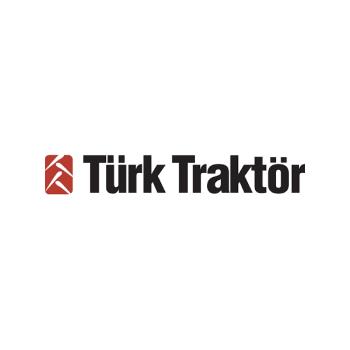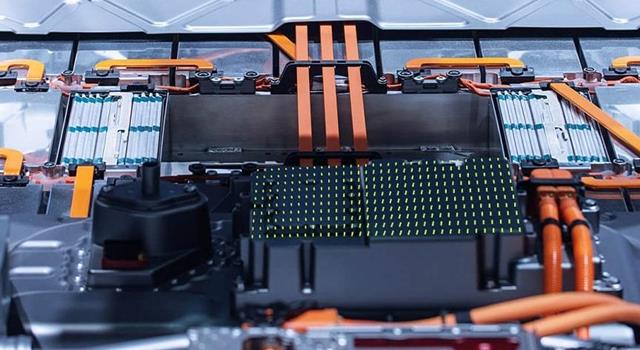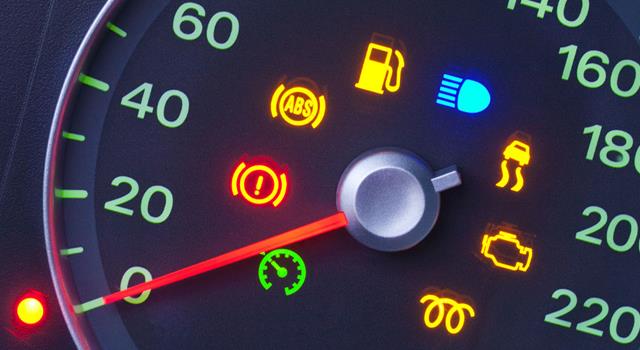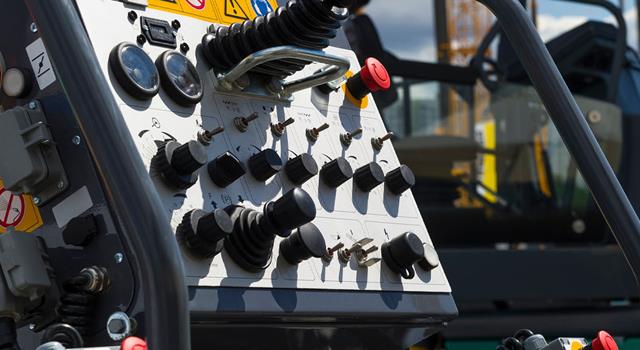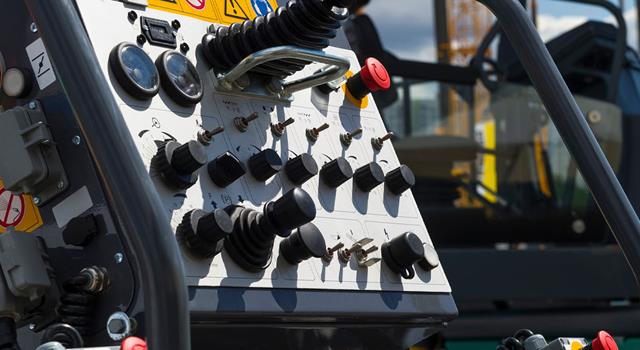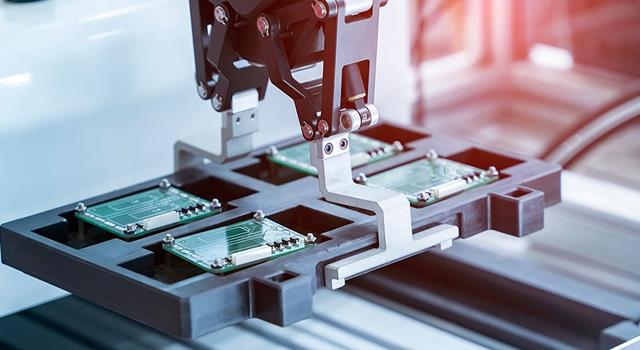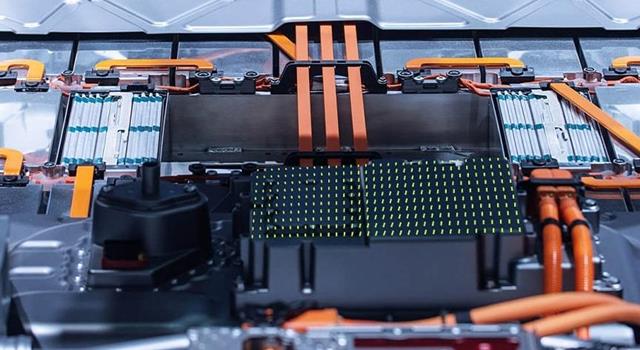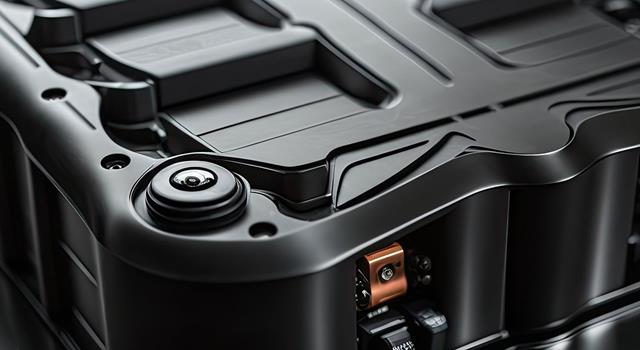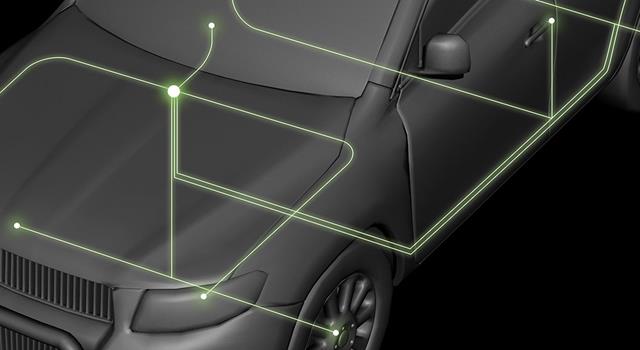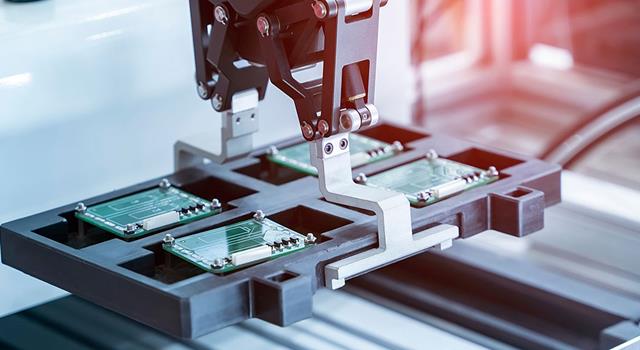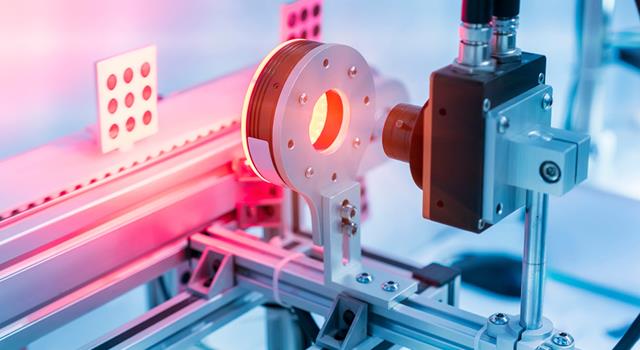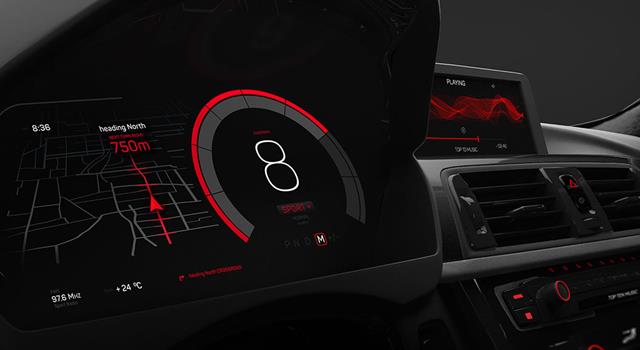In the realm of electronics, power conversion plays a pivotal role in managing and manipulating electrical energy. Among various types of converters, Buck and Boost Converters stand out for their efficiency and functionality. This blog delves into the intricacies of these converters, highlighting their importance and applications.
Basic Concepts of Power Conversion
At the core of power conversion lies the process of altering electrical power from one form to another. DC-DC power conversion, in particular, is crucial in devices where maintaining a stable voltage is key. Understanding terms like Voltage, Current, and Efficiency is fundamental before diving into the specifics of Buck and Boost Converters.
Understanding Buck Converters
Buck Converters are designed to step down voltage. They consist of an inductor, capacitor, diode, and a switch (usually a transistor). When the switch is on, energy is stored in the inductor. Turning the switch off releases this energy to the load, effectively reducing the voltage. These converters are prevalent in battery-operated devices where conserving energy is vital.
Exploring Boost Converters
Conversely, Boost Converters increase the voltage. Their key components work similarly to those in Buck Converters but in a reversed manner. When the switch is on, energy accumulates in the inductor. Switching off forces the energy through the capacitor, increasing the voltage. Applications include LED drivers and battery chargers where higher voltage is required from a low-voltage source.
Comparative Analysis: Buck vs Boost Converters
While both converters operate on similar principles, their applications differ. Buck Converters are more efficient in stepping down high voltages to low, whereas Boost Converters excel in the opposite. The choice between them hinges on whether voltage needs to be increased or decreased.
Selecting the Right Converter for Your Needs
Choosing between Buck and Boost Converters involves considering load requirements, desired efficiency, and size constraints. For instance, if a device requires a lower voltage than the power source, a Buck Converter is appropriate. Conversely, Boost Converters are ideal for devices needing a voltage higher than the available source.
Conclusion
Buck and Boost Converters are indispensable in modern electronics, each serving unique purposes in voltage regulation. Understanding their operation, applications, and selection criteria is crucial for anyone involved in electronic design and power management.
